Filter by

Derivative spectrophotometry and PAM-fluorescence in comparative biochemistry
This book presents various examples of how advanced fluorescence and spectroscopic analytical methods can be used in combination with computer data processing to address different biochemical questions. The main focus is on evolutionary biochemistry and the description of biochemical and metabolic issues; specifically, the use of pulse amplitude modulated fluorescence (PAM) for the functional a…
- Edition
- -
- ISBN/ISSN
- 9783319115962
- Collation
- -
- Series Title
- -
- Call Number
- 572
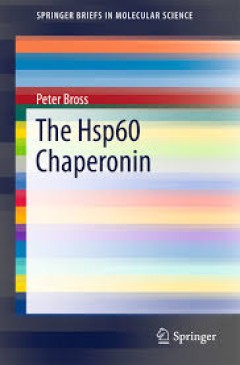
The Hsp60 Chaperonin
In this unique overview of the Hsp60 chaperonin, Peter Bross addresses molecular biologists, medical research scientists and individuals interested in molecular or general biology. First, Bross discusses the basics of the Hsp60 chaperonin in terms of its structure and the molecular mechanisms determining its function. Second, the author highlights the multiple roles of Hsp60 for cellular system…
- Edition
- 1
- ISBN/ISSN
- 978-3-319-26088-4
- Collation
- XV, 85,15 b/w illustrations, 4 illustrations in colour
- Series Title
- SpringerBriefs in Molecular Science
- Call Number
- -
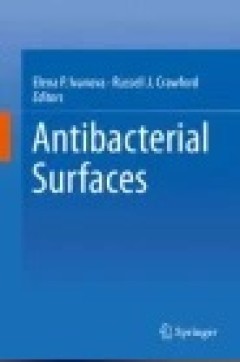
Antibacterial Surfaces
Antibacterial Surfaces’ covers the advances being made in the design of antibacterial surfaces, which have the ability to either prevent the initial attachment of bacterial cells, or kill any cells that come into contact with these surfaces. This book discusses the mechanisms associated with the attachment of bacteria to surfaces and the main strategies currently being employed to control …
- Edition
- Ed. 1
- ISBN/ISSN
- 978-3-319-18594-1
- Collation
- V, 172
- Series Title
- -
- Call Number
- 574.87 ANT a
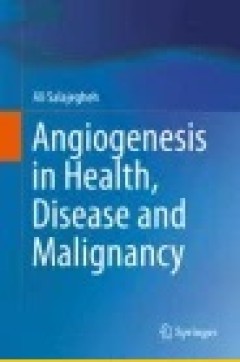
Angiogenesis in Health, Disease and Malignancy
This book is about “Angiogenesis”. A process in which new vasculature is formed from pre-existing capillaries. Angiogenesis process is associated with the proliferation and growth of both physiologically normal and neoplastic tissues, through the formation of vascular supply, essential for delivering growth requirements such as oxygen and nutrients. The book describes more than 100 genes…
- Edition
- Ed. 1
- ISBN/ISSN
- 978-3-319-28140-7
- Collation
- XVIII, 423
- Series Title
- -
- Call Number
- 574.192 SAL a

Analytical Ultracentrifugation: Instrumentation, Software, and Applications
This book introduces analytical ultracentrifugation (AUC) as a whole, covering essential theoretical and practical aspects as well as its applications in both biological and non-biological systems. Comprehensive characterizations of macromolecules in a solution are now routinely required not only for understanding the solution system but also for producing a solution with better properties. Ana…
- Edition
- Ed. 1
- ISBN/ISSN
- 978-4-431-55985-6
- Collation
- IX, 532
- Series Title
- -
- Call Number
- 543 ANA a
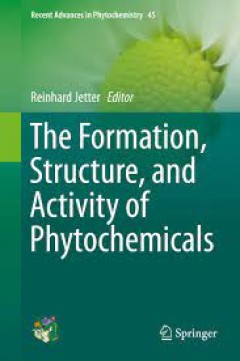
The Formation, Structure and Activity of Phytochemicals
This text provides both review and primary research articles for a broad audience of biologists, chemists, biochemists, pharmacologists, clinicians and nutrition experts, especially those interested in the biosynthesis, structure, function and/or bioactivity of plant natural products. Recurring themes include the evolution and ecology of specialized metabolites, the genetic and enzymatic mechan…
- Edition
- 1
- ISBN/ISSN
- 978-3-319-20397-3
- Collation
- XIII, 209
- Series Title
- Recent Advances in Phytochemistry
- Call Number
- -
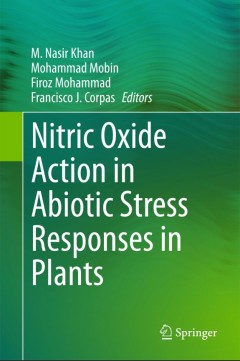
Nitric Oxide Action in Abiotic Stress Responses in Plants
This book offers an up-to-date review of the regulatory role of nitric oxide (NO) changes in the morphological, physio-biochemical as well as molecular characteristics of plants under abiotic stress. The first of two parts comprises four chapters and focuses on the properties, chemical reactions involving NO and reactive nitrogen species in plants. The second part, consisting of eleven chapters…
- Edition
- 1
- ISBN/ISSN
- 978-3-319-17804-2
- Collation
- XII, 252
- Series Title
- -
- Call Number
- -

The Next Generation in Membrane Protein Structure Determination
This book reviews current techniques used in membrane protein structural biology, with a strong focus on practical issues. The study of membrane protein structures not only provides a basic understanding of life at the molecular level but also helps in the rational and targeted design of new drugs with reduced side effects. Today, about 60% of the commercially available drugs target membrane p…
- Edition
- -
- ISBN/ISSN
- 978-3-319-35072-1
- Collation
- X, 184
- Series Title
- Advances in Experimental Medicine and Biology
- Call Number
- -
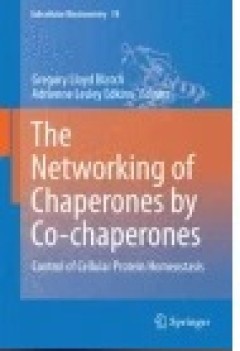
The Networking of Chaperones by Co-chaperones
Co-chaperones are important mediators of the outcome of chaperone assisted protein homeostasis, which is a dynamic balance between the integrated processes of protein folding, degradation and translocation. The Networking of Chaperones by Co-chaperones describes how the function of the major molecular chaperones is regulated by a cohort of diverse non-client proteins, known as co-chaperones. Th…
- Edition
- -
- ISBN/ISSN
- 978-3-319-11731-7
- Collation
- XV, 276
- Series Title
- Subcellular Biochemistry
- Call Number
- -

Biochemistry and Application in Medicine
Diabetes mellitus is a group of metabolic disorders leading to defects in insulin se- cretion and action of insulin or both. Diabetes is caused by a combination of hereditary and environmental factors. In the human body, blood glucose levels are controlled by a complex interaction of multiple chemicals and hormones, including insulin and glucagon. Insulin is a peptide hormone produced in …
- Edition
- -
- ISBN/ISSN
- -
- Collation
- -
- Series Title
- -
- Call Number
- 572 BIO
 Computer Science, Information & General Works
Computer Science, Information & General Works  Philosophy & Psychology
Philosophy & Psychology  Religion
Religion  Social Sciences
Social Sciences  Language
Language  Pure Science
Pure Science  Applied Sciences
Applied Sciences  Art & Recreation
Art & Recreation  Literature
Literature  History & Geography
History & Geography